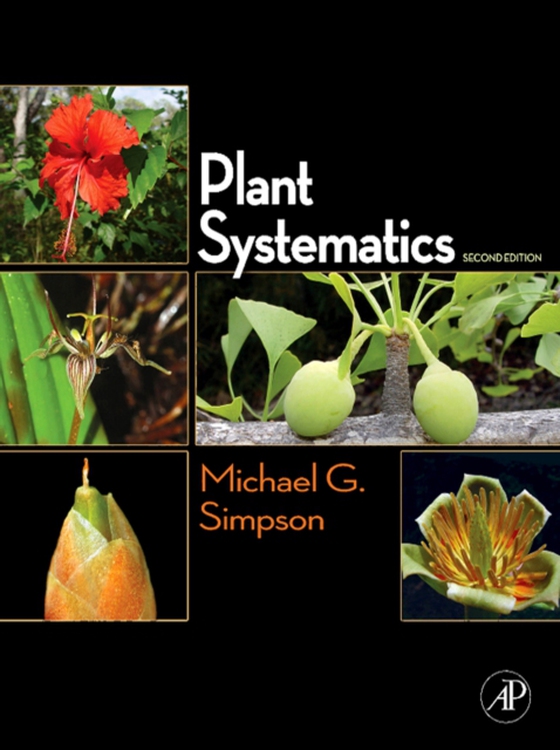
Plant Systematics e-bog
865,79 DKK
(ekskl. moms 692,63 DKK)
Plant Systematics, Second Edition, provides the basis for teaching an introduction to the morphology, evolution, and classification of land plants.It presents a foundation of the approach, methods, research goals, evidence, and terminology of plant systematics, along with the most recent knowledge of evolutionary relationships of plants and practical information vital to the field. This updated...
E-bog
865,79 DKK
Forlag
Academic Press
Udgivet
19 juli 2010
Længde
752 sider
Genrer
PSAB
Sprog
English
Format
pdf
Beskyttelse
LCP
ISBN
9780080922089
Plant Systematics, Second Edition, provides the basis for teaching an introduction to the morphology, evolution, and classification of land plants.It presents a foundation of the approach, methods, research goals, evidence, and terminology of plant systematics, along with the most recent knowledge of evolutionary relationships of plants and practical information vital to the field. This updated edition has been expanded to include 15 fern families, 9 gymnosperm families, and increased angiosperm family treatments from 100 to 129. Each family description includes a plate of full color photographs, illustrating exemplars of the group along with dissected and labeled material to show diagnostic features.The book includes a new chapter on species concepts and the role and impact of plant systematics in conservation biology, and a new appendix on statistical and morphometric techniques in plant systematics. It also contains more detailed explanations of maximum likelihood and Bayesian phylogeny inference methods, an expanded coverage and glossary of morphological terms, and an updated chapter on botanical nomenclature.This book is recommended for graduate and undergraduate students in botany, plant taxonomy, plant systematics, plant pathology, plant anatomy, and ecology as well as scientists and researchers in any of the plant sciences. Fifteen fern families, 9 gymnosperm families, and an increase of angiosperm family treatments from 100 to 129. Each family description includes a plate of full color photographs, illustrating exemplars of the group along with dissected and labeled material to show diagnostic features A new chapter on species concepts and the role and impact of plant systematics in conservation biology A new appendix on statistical and morphometric techniques in plant systematics In addition, the second edition contains more detailed explanations of maximum likelihood and Bayesian phylogeny inference methods, an expanded coverage and glossary of morphological terms, and an updated chapter on botanical nomenclature
 Dansk
Dansk

